Unearthed After a Millennium: The Mysterious Viking Gold Armband Discovered on Isle of Man Could Rewrite History
Viking gold is also substantially rarer than silver from the same period.
“This arm-ring has been cut twice, indicating it has possibly been used for at least two separate transactions,” Fox said. “One cut removed the terminal end of the arm-ring, the other one cut the original complete arm-ring almost in half.”
The Armband’s Use In Multiple Transactions Before It Was Ceremonially Buried
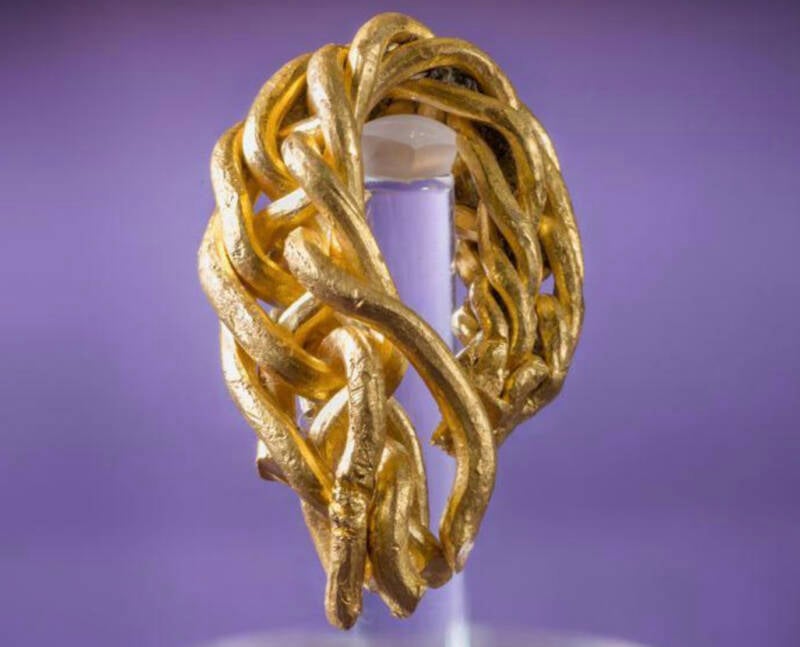
Manx National HeritageMade of eight gold rods braided together into an intricate pattern, this piece was undoubtedly the work of a master goldsmith.
Based on Fox’s assessment, it seems that pieces of the armband had indeed been removed during transactions. The terminal that Fox mentioned would have been an end piece or cap of sorts, a heavier ball of gold at the end to help secure the jewelry in place. Since it was a denser portion of the band, that bit alone would have been worth a significant amount.
It is, of course, unclear what specific transactions transpired involving the armband, but for the second transaction to have commanded half the piece, the deal must have cost quite the sum.
After the band was used in several transactions, the newly-unearthed fragment was buried in the ground, where it sat until it was discovered. “It may have been hidden for safe-keeping, could just have been lost, or may even have been buried as an offering to the Viking Gods,” said Fox.
This discovery was not the first Viking Age find that Clucas had ever made. Back in 2005, the Manx Detectorist Society member unearthed a silver ingot and a lead ingot on the Isle of Man.
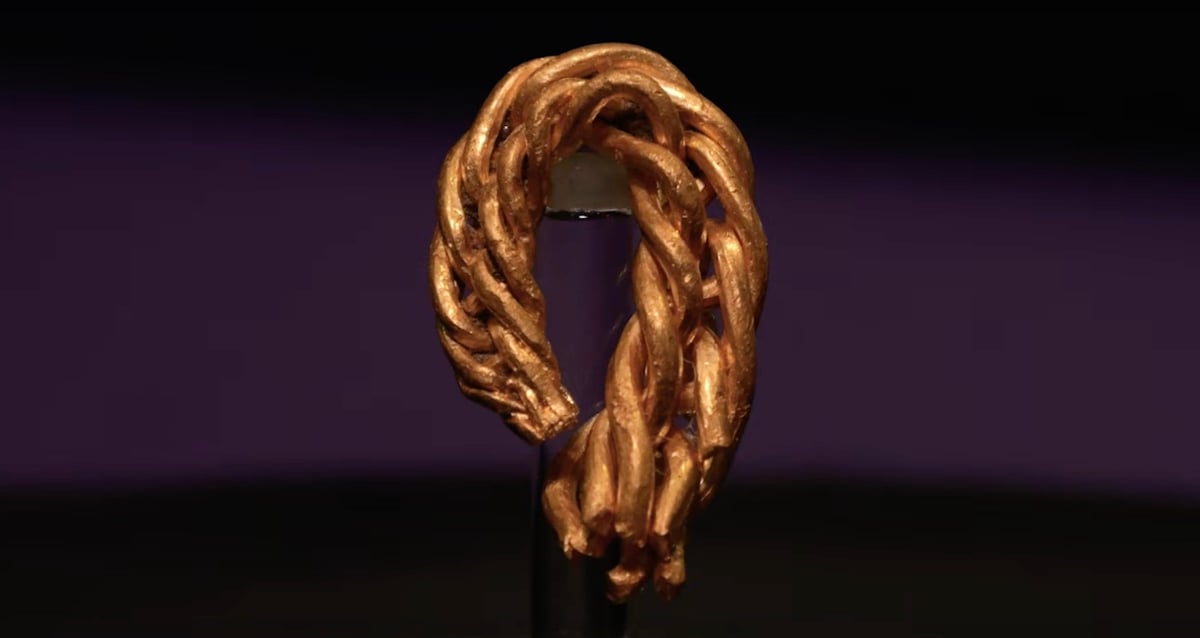
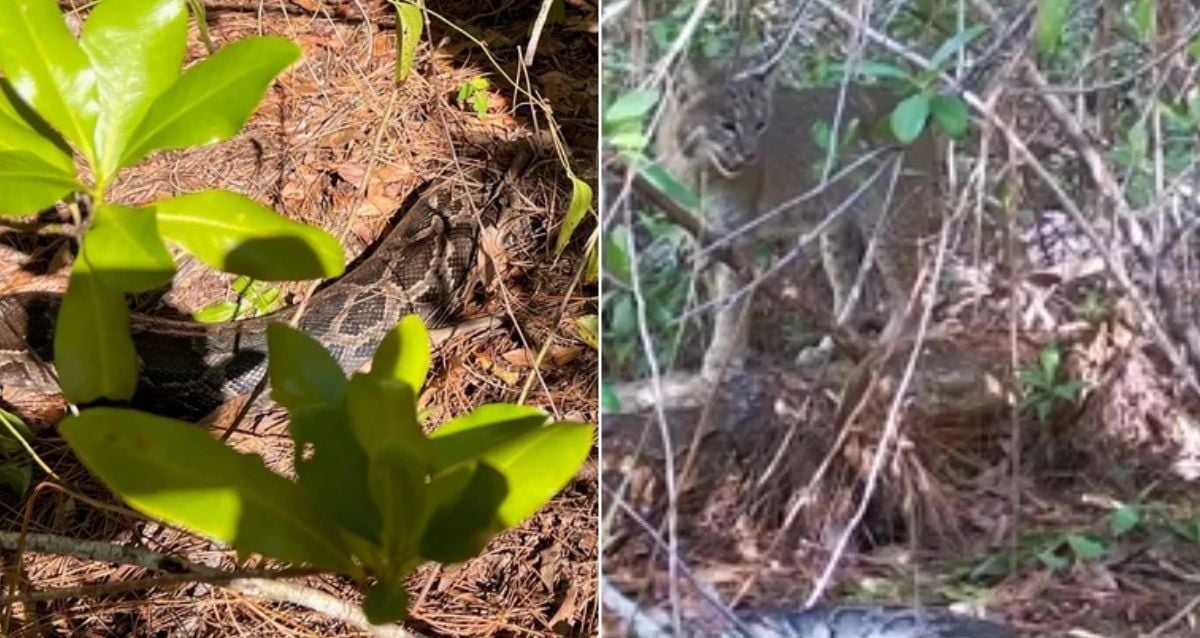
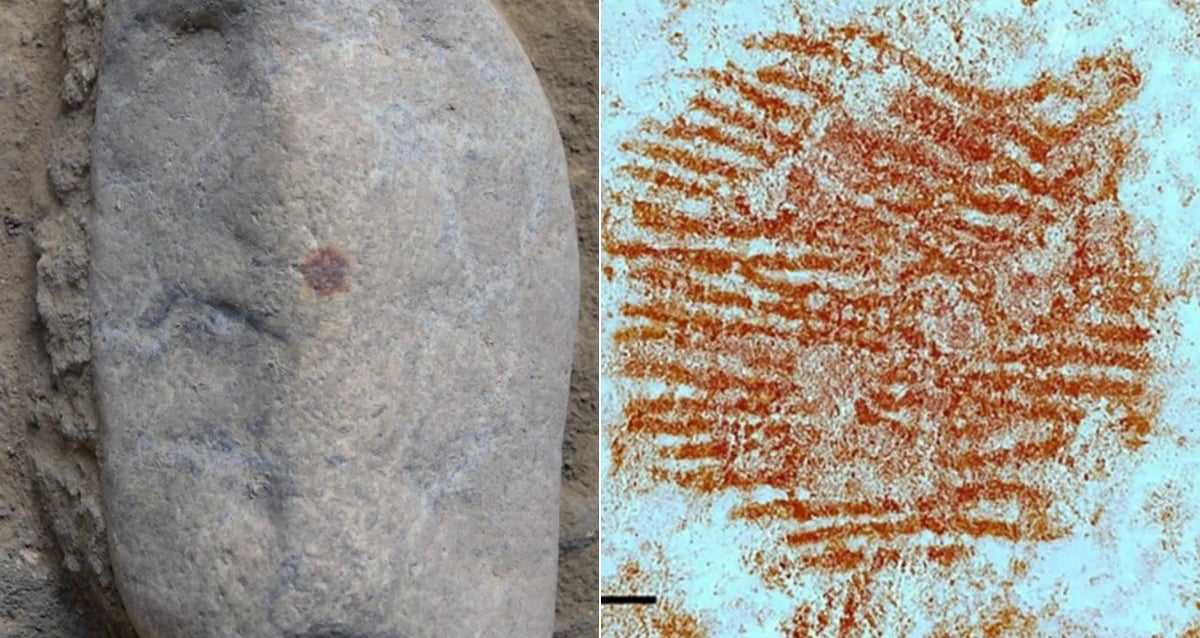









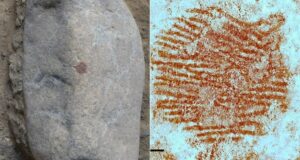

Post Comment